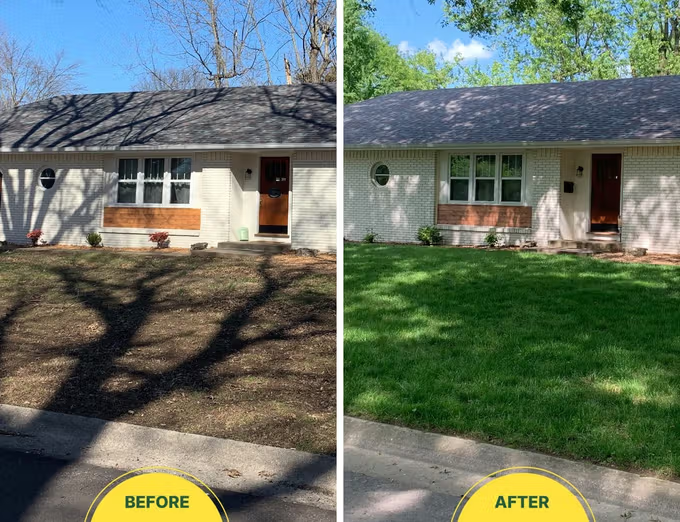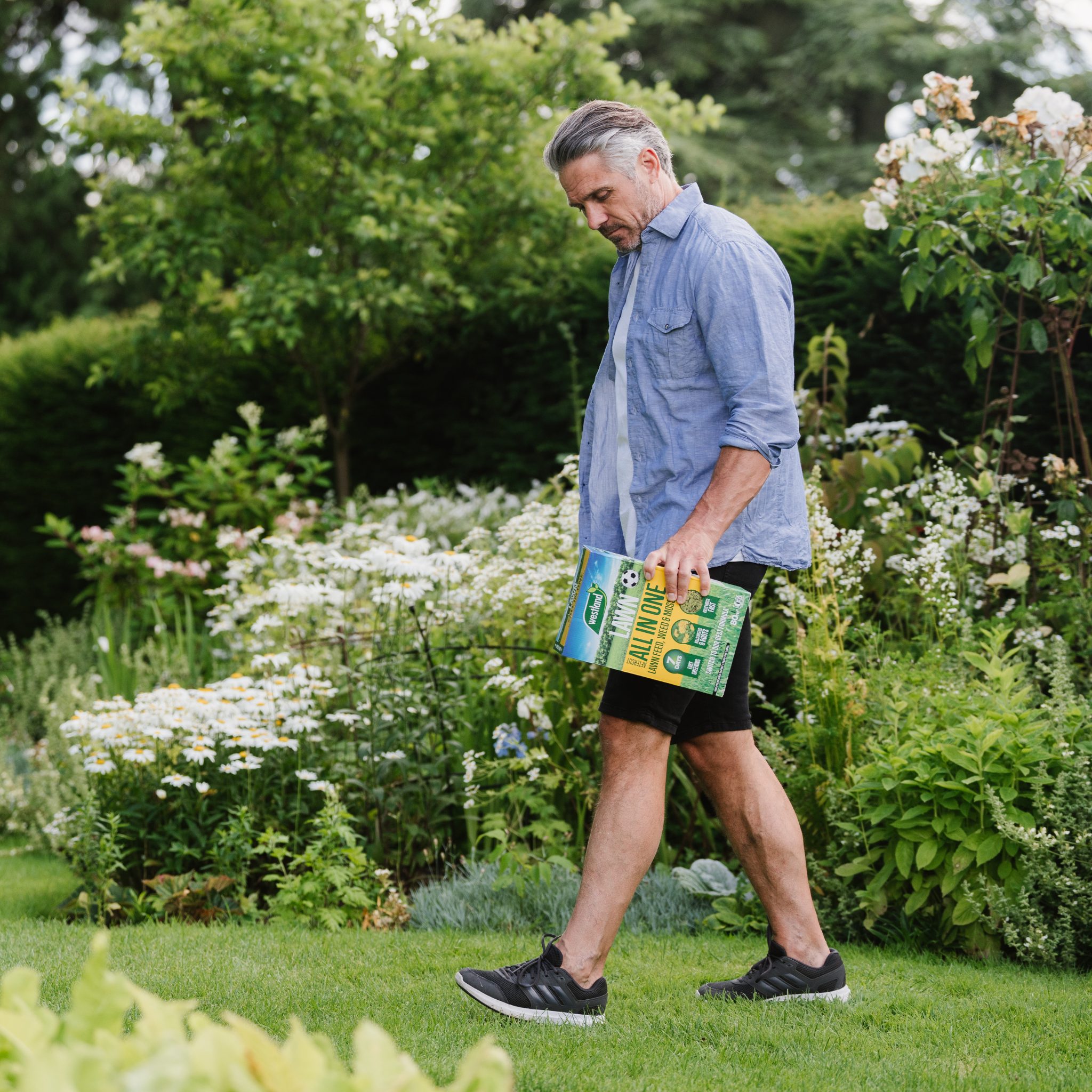5 Rules to Establish Before Borrowing and Lending Gardening Equipment
Last Updated on January 14, 2025 by Duncan
Borrowing and lending gardening equipment is a common practice, both in a professional and private setting.
Despite both parties being well-intentioned, there’s a handful of things that go wrong and turn this into an unpleasant experience. For instance, equipment breaks down, goes missing, and gets worn out by use.
When it comes to lending gardening equipment, having a set of fundamental rules in place will reduce any mishaps and make things better for everyone involved.
In this article, we’re going to name the 5 most important rules that everyone should establish before borrowing or lending gardening equipment.
Rule #1: Assess the Initial Condition of the Tool (for Safety and Maintenance)
Before you lend or borrow your gardening equipment, first assess the state of the gear.
Since the state of tools deteriorates with every use, make sure you check them regularly.
When in poor shape, tools can break in use or underperform, and the last thing you want is for somebody to hurt themselves because of your gear and vice versa.
Blunt tools take much more time to get the job done, and the person using them will have a hard time putting them to good use.
They will often have to stop what they’re supposed to be doing and take the time to sharpen the tools, which is a drain on their time.
Similarly, when the gardening equipment you’re lending or borrowing is in poor shape, it can break down, and the lenders won’t be able to do their job.
Imagine borrowing an electric lawn mower that mysteriously stops working 15 minutes into the task. You do not know what’s wrong with it, so you call the owner and try to find an alternative.
You’re burning daylight and wasting your time.
It’s fairly common for gardening equipment to stop working if it’s not maintained correctly.
To avoid this, always check in advance that the tool you’re lending or borrowing is in good shape.
Rule #2: Decide Who Handles the Disposable Parts
Since gardening equipment has tons of disposable parts that need frequent changing, the borrower and lender should discuss who handles the parts.
When you establish responsibility for the disposable parts, you eliminate the possibility of misunderstanding each other on things that can be critically important.
These tasks range from cleaning air filters on chainsaws to sharpening the blades on your basic gear. That way, you know the gear you’re borrowing, or lending will be in top condition.
In case there’s a problem, there is someone accountable for it.
You can start by assessing what disposable parts need changing on what piece of equipment.
If handling the parts requires significant time or money, discuss it openly with the other person. Relying on assumptions can only worsen the problem if it occurs.
Agreeing on responsibilities for handling disposable parts is necessary for both parties to have a positive lending experience.
Rule #3: Agree on Who Covers the Damage and Costs of Repairs
It’s not uncommon for gardening equipment to break down or get damaged by accident, which is why you have to decide who covers the costs.
From automated electric lawnmowers to riding mowers, the costs of repairing complex gardening gear can be huge.
This is why before anybody uses gardening equipment, both parties should discuss who has to pay for those repairs.
Establishing responsibility has an enormous impact on developing the relationship and trust between the lender and the borrower.
For example, The Mower Shop’s guide advises that prices for servicing a typical petrol rotary mower can range from $180 to $200.
Servicing more complicated machinery such as a riding mower can cost from $550 to $690.
In case something happens to the gardening gear, whether it’s an accident or a malfunction, both sides need to be clear about who covers the expenses.
Rule #4: Determine the Return Date
The lending agreement must disclose a timeline in which the gardening equipment will be returned to its owner.
Since several people often rely on the same owner to lend tools and gardening gear, when one lender is slow to return the equipment, he or she can prevent other lenders from achieving their goals.
To avoid that, both parties need to stick to the agreed-upon schedule.
The importance of returning borrowed gear on time doubles down for gardening tasks.
Schedules are often tight due to changing weather and getting multiple people organized for more demanding tasks.
For the lender, having a set return date helps manage time and prioritize gardening tasks.
Creating return timetables is necessary for the owner to schedule equipment lending to other users and have the time to check and maintain their gear.
Establishing a return timetable is a must when borrowing gardening equipment.
Rule #5: Disclose the Location and Establish Responsibility for the Gear
It’s important to know where the gear will be used, so the owners know any potential risks to their equipment.
When large amounts of gardening equipment are borrowed and used in remote locations, they are more susceptible to loss or theft.
The costs of lost or stolen equipment add up because whoever needs to use the gear next won’t access it, thus facing downtime.
There are several things both parties can do to prevent that from happening:
- Assign who is responsible for a specific piece of gardening equipment
- Disclose where the gear will be used and stored on-site
- Count all the gear before work and after finishing
Keeping track of smaller gardening tools can often be harder than tracking bigger pieces of equipment.
You should have a small tool tracking strategy as a separate solution so that your tools don’t get misplaced, stolen, or lost during a job.
Since they are not as expensive as electric gardening gear, they deceive owners into reckless spending. People buy them several times over and overhaul their storage.
Both parties should disclose the location and establish responsibilities for the gardening gear and implement a strategy to track and organize tools.
Conclusion
In this article, we’ve discussed some of the most common situations where things can go wrong with borrowed gardening equipment.
Luckily, rules are here to establish a protocol for both the lender and the borrower, so these things happen as little as possible.
Sure, laying down the rules with someone can feel like a drag, but it is necessary, and it ensures both parties are satisfied at the end of the day.
Establish these 5 rules before you lend or borrow gardening equipment and eliminate any mishaps.
About the Author:
 Michelle Laurey is a freelance writer who enjoys fitness, relaxing in the fresh air, trying to live a healthy life. Her best ideas and problem solutions appear while she’s riding her bicycle. Her superpower? Vinyasa yoga! Talk to her on Twitter.
Michelle Laurey is a freelance writer who enjoys fitness, relaxing in the fresh air, trying to live a healthy life. Her best ideas and problem solutions appear while she’s riding her bicycle. Her superpower? Vinyasa yoga! Talk to her on Twitter.


